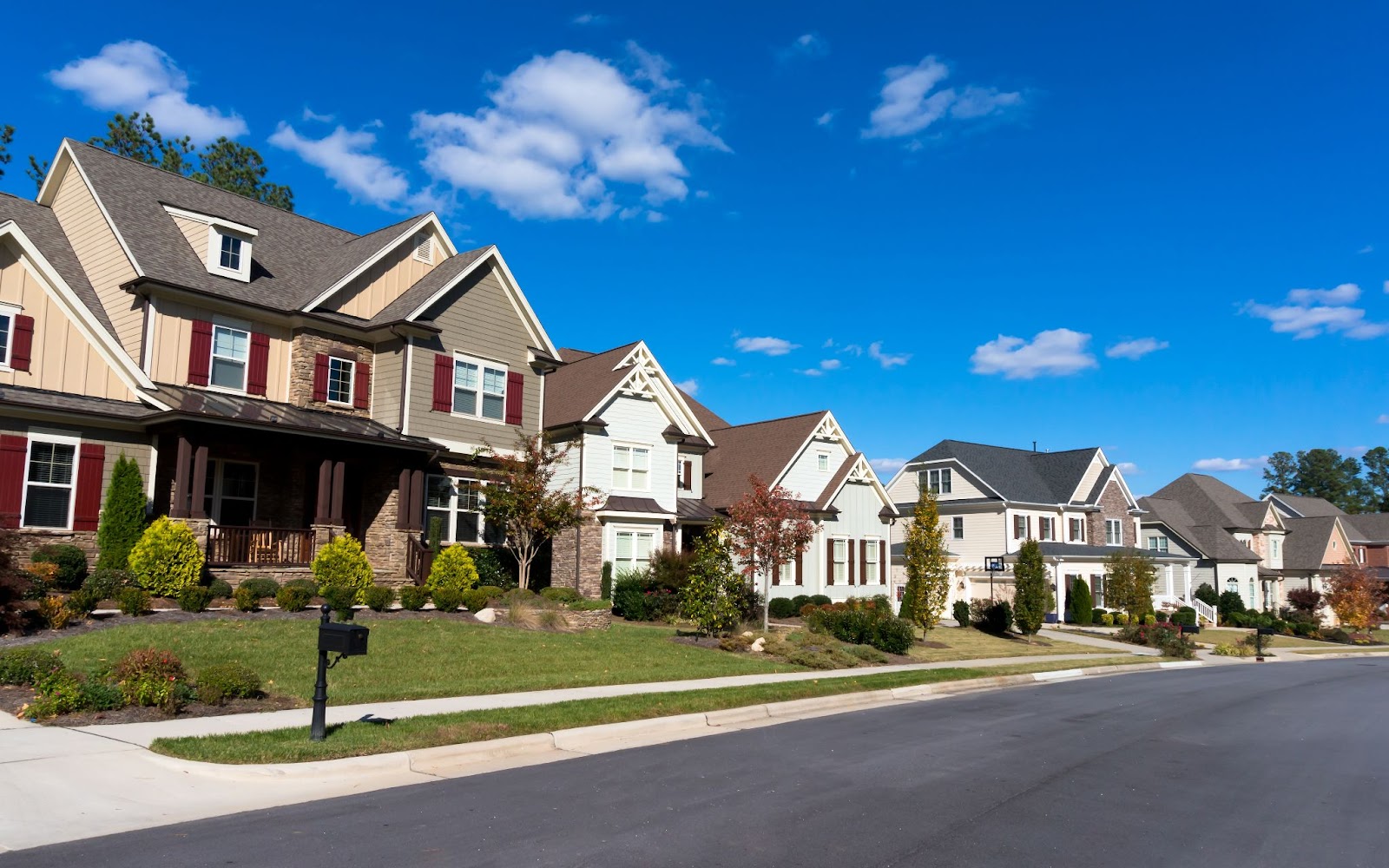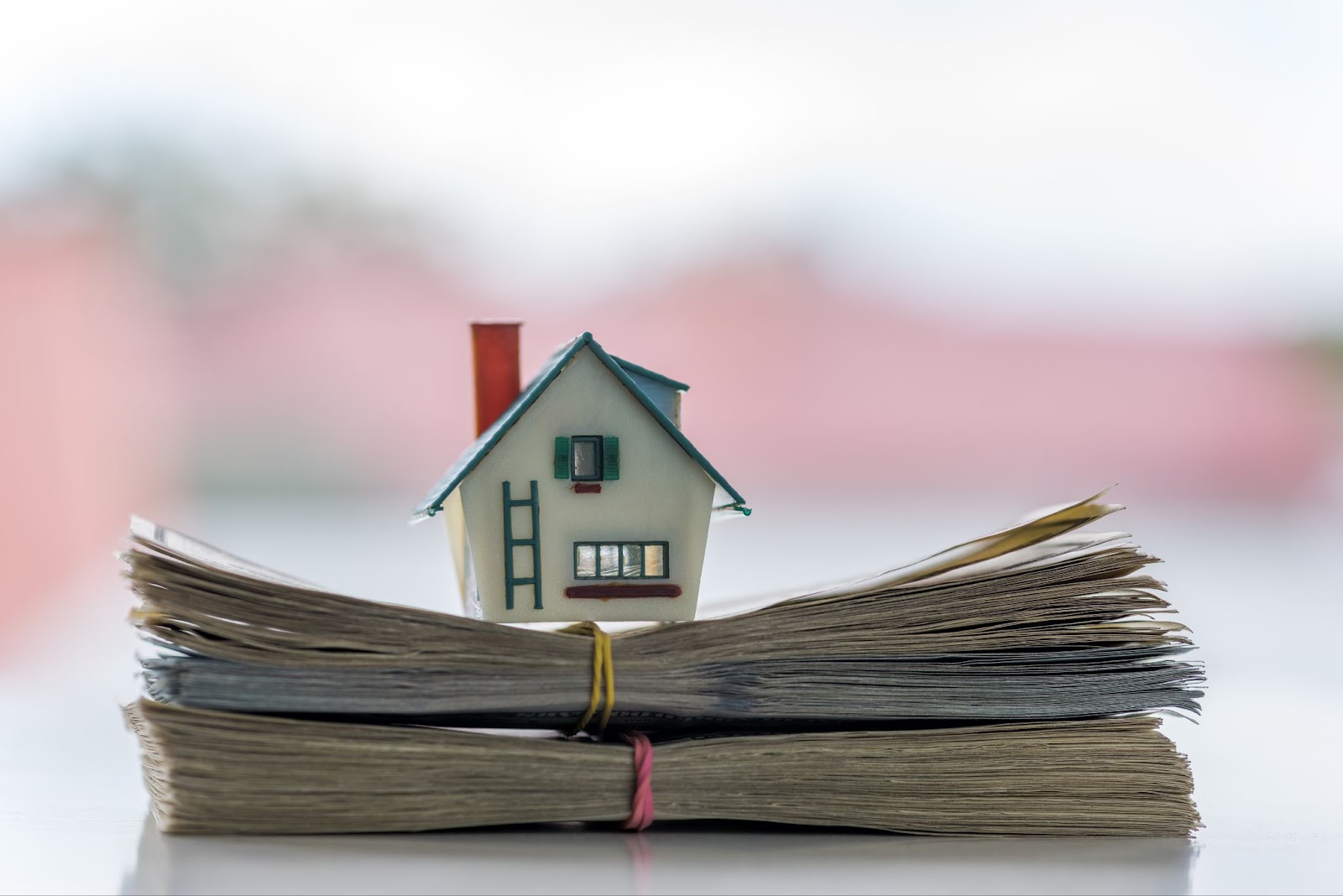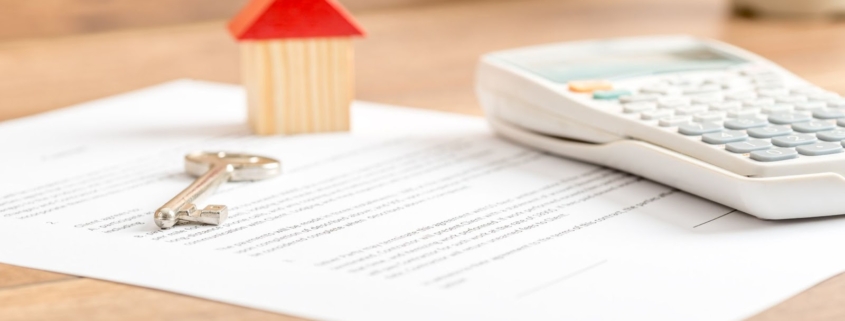You can get insurance for almost anything you own and often it is considered a very good idea to do so. Home insurance protects thousands every year from the financial cost of damage to their property and car insurance helps to cover the costs of unexpected auto collisions. If it’s an expensive replacement or repair, chances are you can get insurance on it. But, what about mortgage insurance – why is it different from most insurance policies people get?
You may have heard about mortgage insurance while in the process of working to buy your home. As a home buyer, you may have a choice to opt for mortgage insurance, though in many cases, you will not have a choice and it is required. Understanding what mortgage insurance is and what it means to you will be a crucial step in getting a mortgage that works for you.
In this article, we will explore what exactly mortgage default insurance is, who needs to get a mortgage insurance policy, and what it means for your mortgage.
What is mortgage default insurance?
Mortgage default insurance is quite different from most forms of insurance that consumers get. The basic concept is in the name: it’s insurance that protects against a defaulted mortgage. However, when a borrower defaults on a mortgage, most of the financial damage is done to the lender and not to themselves. Therefore, mortgage default insurance protects your lender, not you – you just get to pay the costs.
A mortgage default is essentially any breach of a mortgage contract. This could include a missed payment or any other violation of the mortgage terms. Often, your bank will work with you to correct your default so you can continue paying, but in extreme circumstances, the bank has the right to execute power of sale.
In this case, the bank will sell your home and use the proceeds to cover the money they borrowed. Sometimes this sale does not cover the cost of the mortgage due to poor market conditions, damage to the home, or other factors. This is where mortgage default insurance will come in to cover the loss to the banks.
It is also important to know that while mortgage insurance protects your lender, it doesn’t mean that you are off the hook in the event of a default. The mortgage insurer may still come after the borrower to cover the cost of insurance.

Qualifying for mortgage default insurance
There are a number of criteria that a borrower must meet to qualify for mortgage default insurance. These may include:
- A home value of less than $1,000,000
- A down payment minimum of 5% for the first $500,000 and 10% for any value above
- Maximum Gross Debt Service ratio and Total Debt Service ratio of 32% and 40% respectively
- Amortization period no longer than 25 years
- A credit score of at least 600
These are general guidelines and qualifying criteria may change with time and vary between providers. Be sure to check with your provider for the most up-to-date criteria.
Why is mortgage default insurance needed?
Mortgage default insurance, along with measures like the mortgage stress test, is an important financial tool to mitigate risk in Canadian mortgage lending. On an individual level, a defaulted mortgage without insurance is costly to lenders. Looking at the broader picture, if there were an increased amount of defaults, this could cause a large shock to our financial system. Mortgage debt is the single highest type of debt in the economy and is a massive amount of the banks’ lending. Mortgage insurance is designed to protect the banks that are the foundation of our economic system and to mitigate large scale financial losses.
Mortgage insurance is also important because, as we will explore later, it makes high ratio loans more secure. Any mortgage loan under 20% is considered riskier to banks, so these loans are required to have mortgage insurance.
Mortgage insurance is also a key aspect of mortgage-backed securities as it allows bundled mortgage debts to be sold as reliable investment products. Only insured mortgages are eligible to be sold as part of security, reducing the risk of these investments somewhat.
Do I need mortgage default insurance?
Whether or not you need mortgage default insurance will come down to your down payment value. By law, any mortgage with a loan to value ratio above 80% will be required to take out a mortgage default insurance policy. As mentioned above, these loans are riskier to banks and default insurance can help reduce this risk. If you are opting for a high ratio mortgage, getting default insurance will not be a choice, though you may still be able to choose between a few mortgage default insurance providers.
Beyond the question of if you need mortgage insurance is the question of whether or not you should choose to get it. You always have the option to pay upfront for a higher down payment and avoid the need for mortgage default insurance. On the other hand, you may also choose to get mortgage default insurance for a loan with a 20% or higher down payment.
But, should you?
In general, it’s usually best to go with as high of a down payment as possible. Not only will this help to reduce or eliminate your default insurance premiums, but it will also give you more flexibility for mortgage terms.
That being said, you should evaluate how realistic it is to increase your down payment. If you are just short of 20%, waiting to save in order to increase your down payment or looking for a slightly less expensive home may be worth it. On the other hand, if you were planning to make the lowest down payment possible, it may take overly long to save 20% and it will be more worth it to simply buy now.
Finally, you could technically get mortgage insurance on a loan with 20% or more down, but this is not really your best option. If not required, mortgage insurance is just an extra cost you don’t need to pay. If you think you will default on your mortgage any time soon, it may be better to reevaluate your choice to get a mortgage rather than simply pay extra for insurance.
How much does mortgage default insurance cost?
One of the biggest questions that people have when it comes to mortgage default insurance is just how much it will cost them. Naturally, if you are trying to pay the minimum down payment, you’re probably interested in keeping the amount you spend as low as possible. The price of mortgage default insurance can be substantial, but it will vary based on a number of factors.

The biggest factors determining your cost of mortgage default insurance will be your loan size and your down payment amount. The cost of mortgage default insurance is determined as a percentage of your loan’s total value. This means the more expensive the home, the higher your total cost of insurance. This percentage also scales inversely with your down payment amount. This means those paying the lowest down payment will also need to pay the highest premiums by percentage, and vice versa.
Payment of mortgage insurance can be done all at once or it can be added to your mortgage’s principal and paid over time. This will save you money upfront, but cost you more over time with interest and increase your monthly payments.
There are three major providers of mortgage insurance in Canada: the Canada Mortgage and Housing Corporation (CMHC), Canada Guaranty, and Genworth Financial. Each will have similar policies and terms with slight variations between them.
The rates for CMHC mortgage insurance are as follows:
- 4% for down payments below 10%
- 3.10% for down payments between 10% and 15%
- 2.8% for down payments between 15% and 20%
In some provinces premiums are also subject to sales tax.
Let’s look at a cost example of CMHC mortgage default insurance. If you wanted to buy a home with a purchase price of $750,000, your minimum possible down payment would be about $50,000, or around 6.7%. The price of your mortgage default insurance premium would be 700,000 x 4%, or around $28,000 for a total mortgage value of $728,000. For comparison, a 20% down payment ($150,000) on the same home would have a mortgage of only $600,000, and with a 4.7% fixed interest rate would pay about $700 less a month. Over the course of 25 years (assuming your rates stayed the same and you did not refinance) this would mean an additional payment of almost $90,000 in interest on the insured loan.
While you pay more over time, there is also value to buying early. For example, five years spent saving for a larger 20% down payment also means you are five years behind on building your home equity. In a market with a lot of appreciation, the headstart in equity can quickly outweigh the cost of insurance and you will be able to access it sooner through options like a HELOC.
Conclusion
Mortgage default insurance is a good compromise between home buyers and banks. Buyer’s are able to buy sooner for a lower upfront cost, while banks are able to offer high ratio mortgages at reduced risk. Whether or not you decide to get mortgage insurance will come down to your personal circumstance. You should consider consulting with a mortgage broker if you want to learn more about what your options are.


 Maziar Moini, Broker of Record - Home Leader Realty Inc.
300 Richmond St. W., #300, Toronto, ON M5V-1X2
Maziar Moini, Broker of Record - Home Leader Realty Inc.
300 Richmond St. W., #300, Toronto, ON M5V-1X2


